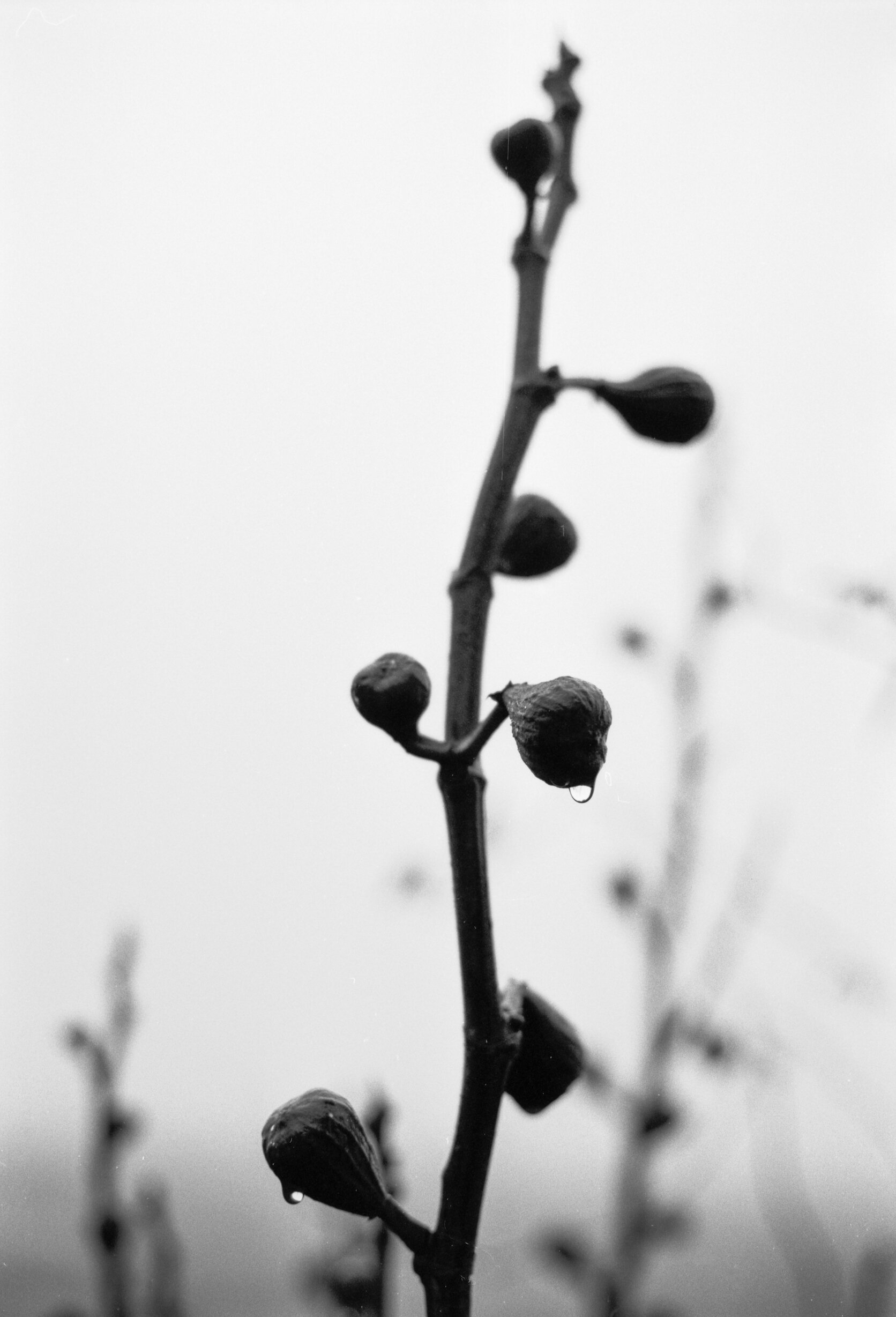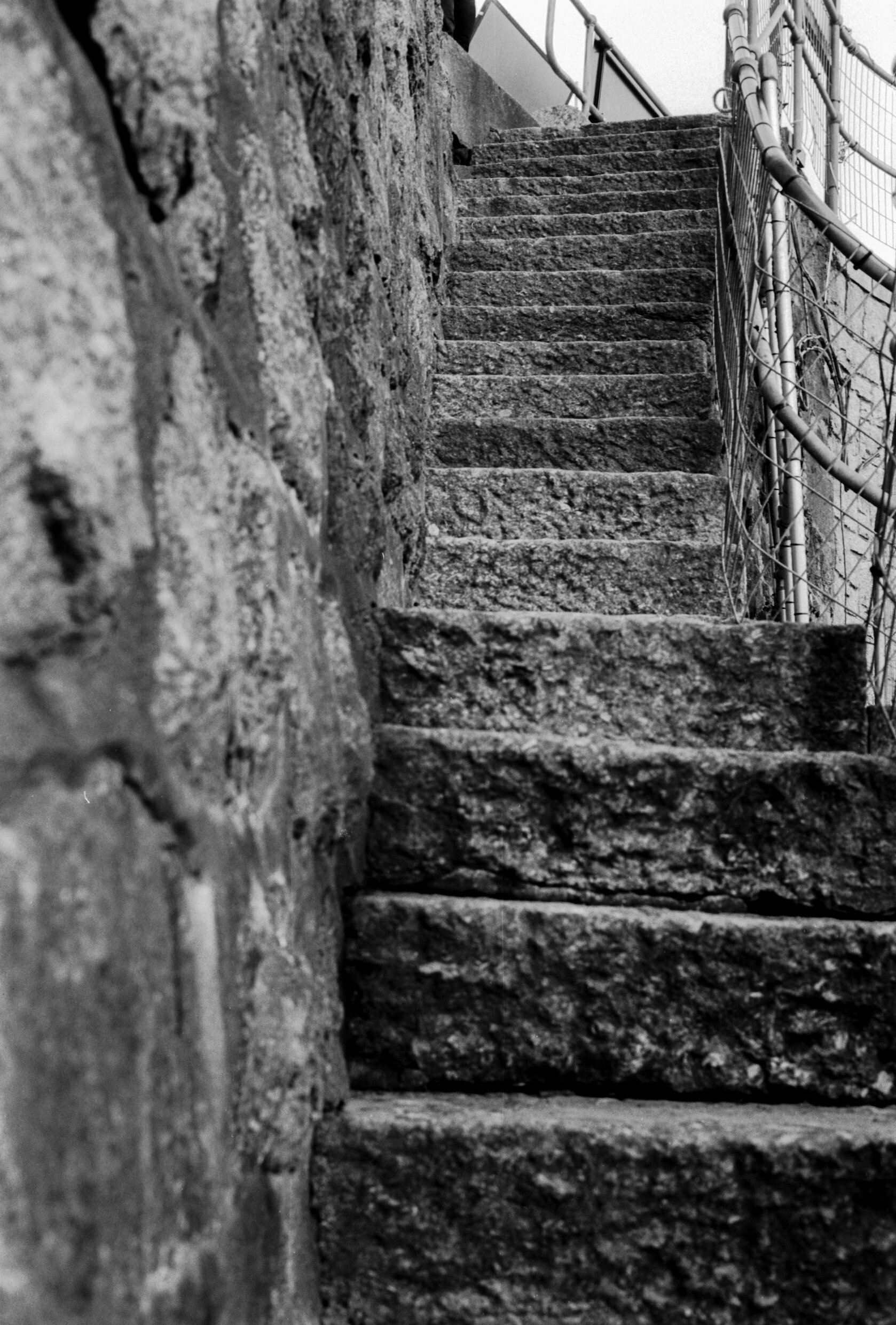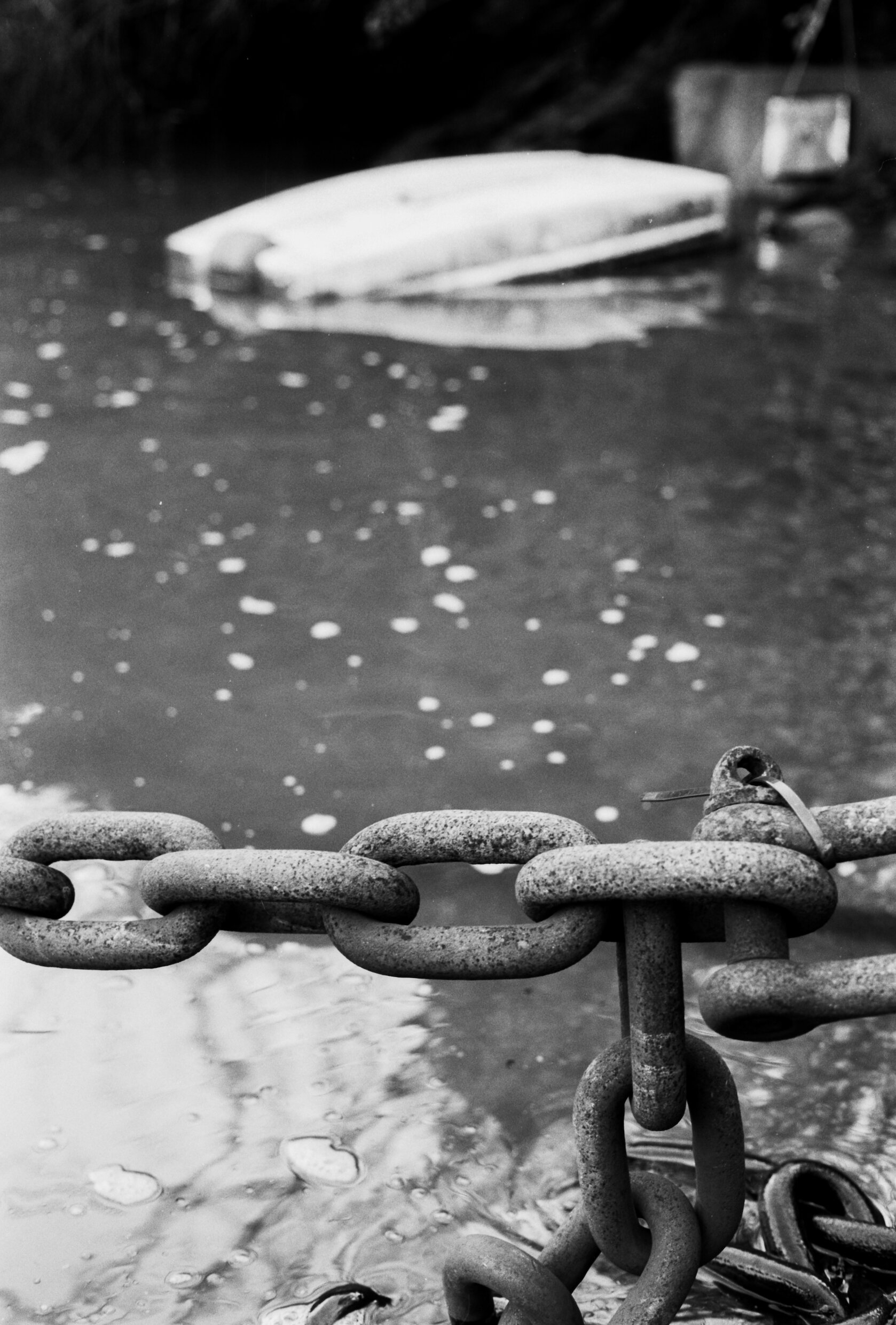It is AGES since I last posted anything on here. January…. and how things have changed since then!
I’m not sure how I didn’t get round to posting a few things during lockdown as I’ve not been slowing down with my photography whatsoever. I finished my 365 project at the end of February (I’m still working on the book of that) and decided that I was going to start experimenting with some more film stocks in 2020.
And then Covid came along.
I’ll post in more length about my Covid photographic adventures soon. But let’s just say that I did get a chance to experiment. And I’ve tried a lot of different emulsions, which has been fun.
But this particular post is about some expired film I bought a while back from Analogue Wonderland. It is Agfa CT Precisa 100 slide film. Analogue Wonderland recommended shooting it at box speed and then cross processing it.
I bought two rolls. This first roll was shot over one weekend in Lyme Regis and Axmouth. The other roll has been waiting to see how successful I’ve been with the first.
Firstly, this stuff comes out grainy. And very, very blue - although the red does pop out as well. I’d read a couple of places that yellows really pop too, but not with my experience with this roll. The cyan/blue was very dominant once scanned - I had to back off the saturation of the cyan in Lightroom quite heavily. Obviously I knew I’d get bonkers colour shifts but I still wanted it to be in a reasonable ballpark.
To begin with, I was a bit disheartened as all I could see was that grain and the completely way-off colours. And started to question why I’d not shot the Kodak Vision 3 50D I also had with me for the weekend. It was perfect weather for that lovely film.
But after a while I started to quite enjoy the look of the Agfa. It gives off a nicely nostalgic feel - even more so with shots of my little ‘un. That could almost be my young self at his age on that beach. The film really does have the feel of the turn of the 70s/80s.
I’m now wishing I’d bought more than the two rolls. Might have to start hunting for some more…!























